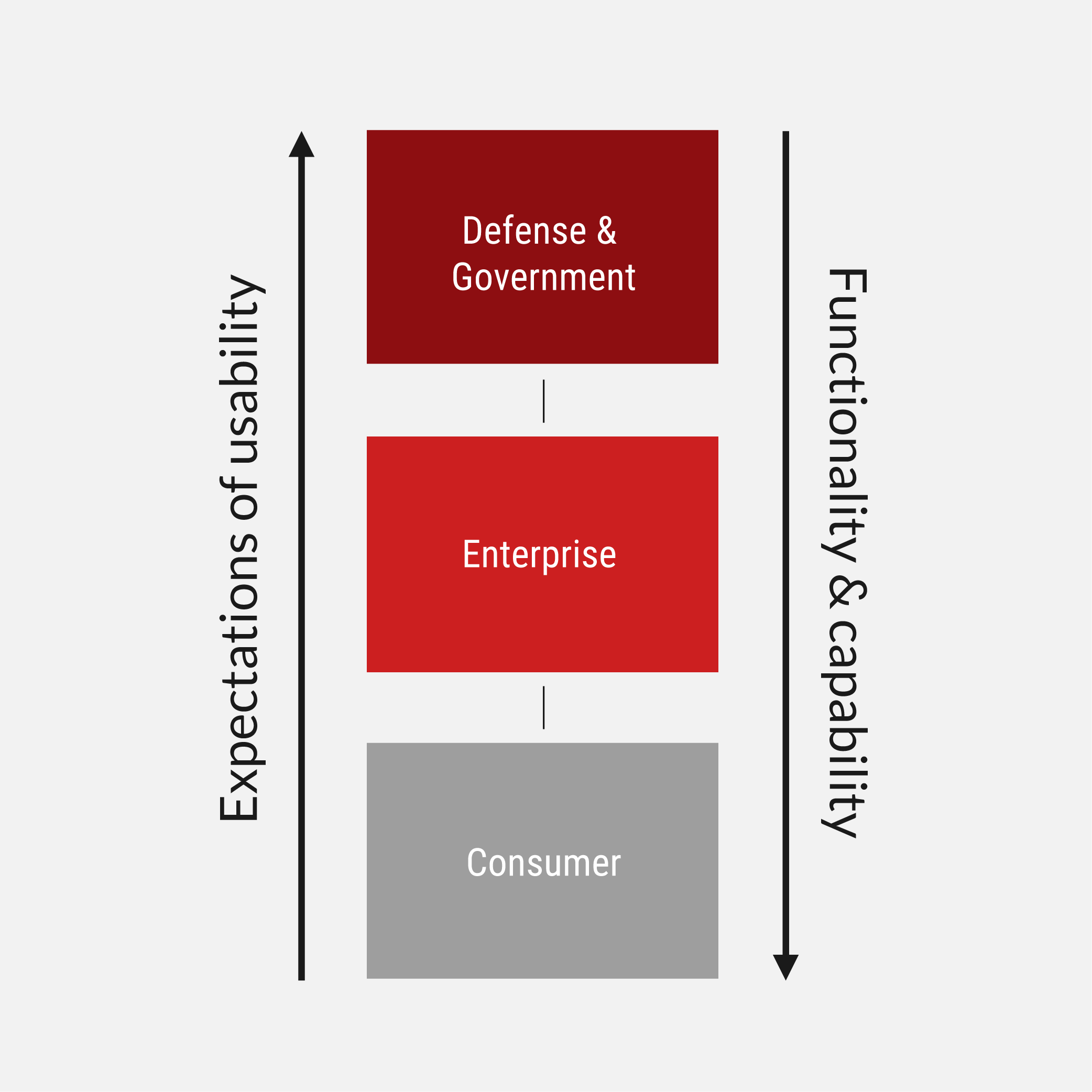What Is Consumerization?
Consumerization is the adaptation of specialized tools and technology to meet the needs of everyday consumers (think how mainframes, photo editing software, and countless other products have evolved from cumbersome early forms into the familiar things we rely upon every day).
“Sustaining innovations are the key to consistent performance, whereas disruptive innovations are the key to dramatic changes in power.” —Geoffrey Moore, author and consultant
To grow in their markets, customer experience (CX) leaders must understand the consumerization process and how its dynamics drive disruptive innovation. Armed with this knowledge, they can harness the power of consumerization to promote adoption of offerings among new markets and target audiences.
While consumerization has been around for decades, it has truly shaped the digital age, upending value chains and facilitating the transfer of capabilities from one market to another.
CX leaders harness consumerization by observing what works in sectors outside their own and by adapting select capabilities to address customer challenges. They seek adjacent innovations with the potential for broader application. They look for signs of market demand as the downstream flow of new functionality and the upstream flow of usability expectations create opportunity.
Distinguishing between disruptive and sustaining innovation is also key. Savvy innovators strike a balance with a blended portfolio of innovations. One rule of thumb is to invest 70% of resources in table stakes capabilities, 20% in emerging capabilities, and 10% in capabilities that will differentiate a brand against all others.








